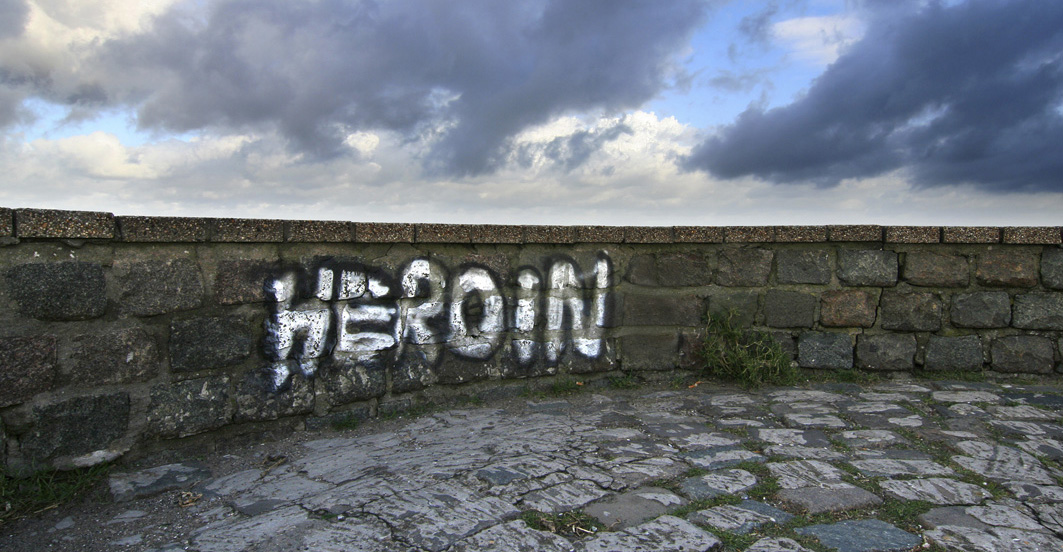By Jan Carney, M.D.
Heroin has made a dramatic comeback. The opioid drug has contributed to a spike in drug-related deaths and was the exclusive topic of Vermont Governor Shumlin’s State of the State address in January. The Governor described the problem as a “full-blown heroin crisis” gripping Vermont, and brought the issue to the forefront in Vermont and to the attention of the entire nation.
The photo portrayal of Vermont’s heroin crisis was not flattering. The April Rolling Stone article, “The New Face of Heroin,” portrayed a young woman’s addiction, and highlighted close ties with abuse of prescription opioid drugs, and the need for more and better treatment.
Who is Contributing to the Heroin Epidemic?
What is heroin? According to the National Institute on Drug Abuse, heroin is an opioid drug that is made from morphine, originally from the Asian opium poppy plant. Heroin may be a white powder, brown powder, or form that is called “black tar heroin.” From 2007 to 2012, according to the National Survey on Drug Use and Health, heroin use has increased to nearly 670,000 users in the United States.
But the profile of drug users in 2014 is very different from the picture 50 years ago, a time when heroin use was also common, and often an urban problem. A study published in JAMA Psychiatry of 2,797 patients in United States drug treatment programs showed heroin users of today (and the past decade) are older (average age 22.9), 90 percent are white, and 75 percent live in non-urban settings.
The Path to Heroin Use
Strikingly, three quarters (75.2 percent) of recent heroin users began their path to heroin use through the use of other opioid drugs – prescription drugs. People interviewed said they used heroin because it was easier to get and cheaper. The authors attribute at least some of the current heroin epidemic to rises in prescription drug abuse, a view shared by national government experts, who note that about 50 percent of young heroin users abused prescription drugs before using heroin because of low price and easy access.
The Centers for Disease Control and Prevention (CDC) reports that 1 in 20 people over age 12 in the United States in 2010 used prescription painkillers for reasons unrelated to a health or medical problem, and enough prescription pain medications were prescribed to “medicate every American adult around-the-clock for a month.” People may assume prescription medications are safe to use, and safer than illegal drugs. However, when used for other than medical reasons, they may make addiction more likely. And about 15,000 people die from overdoses related to prescription pain medications each year in the United States.
A NEJM report from 2012 tracked what happened after an abuse-deterrent form of OxyContin (a frequently abused prescription opioid) was made available. Although the specific use of OxyContin declined, there was an unintended consequence – a switch to other opioid painkillers, and commonly to heroin.
A Blueprint for Drug Prevention
So, how big is the problem in Vermont? The Office of the Chief Medical Examiner, who investigates sudden and unexpected deaths, compiled data on drug-related deaths in Vermont from 2004 to 2013. In both 2011 and 2013, Vermont saw an increase in all drug-related deaths, whereas in 2013 the predominant increase was in heroin-related deaths. In 2013, there were 69 total opioid-related deaths (prescription opioid drugs, other opioids, and heroin) in Vermont. Of these, there were 50 deaths related to prescription opioids and 21 due to heroin.
But this is not just a Vermont problem, it is a national one. Recently, all New England Governors joined together to tackle this problem for the entire northeast. And Vermont is redoubling its already massive efforts to get the crisis under control, with a new treatment model and additional funding. A June 2014 community forum in the Vermont Statehouse was hosted by the Governor and included a passionate speech by Raina Lowell, a recovered opiate addict. The goal of the forum was to develop a “blueprint” for prevention.
At the same forum, a public health approach was articulated by the public health commissioner. Health Commissioner Harry Chen MD told the audience, “Everyone here has a part to play and that’s why we’re all gathered today. We can do this.”
We Need a Public Health Solution
Why is public health so important in the heroin crisis? Public health prevents disease and promotes good health in entire populations, from communities to countries and even globally.
Heroin is a public health problem that needs a public health solution. That everyone has a part to play is exactly what a public health approach entails. Everyone – public health professionals, physicians, nurses, parents, teachers, government officials, law enforcement, and many others – all have a critical role in not only treating the heroin problem, but in preventing it.

Jan Carney, M.D., M.P.H., is associate dean for public health at the University of Vermont.
For more information on heroin use and prevention, check out these resources:
CDC: Prescription Painkiller Overdoes in the U.S.
Bloomberg News: Heroin Users in U.S. – 90% White, Live Outside Urban Areas




